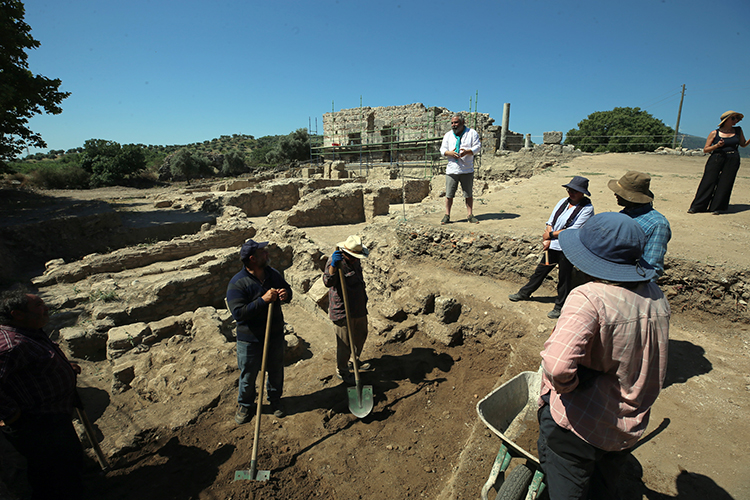
Surprising Discovery in the Ancient City of Magnesia: First Structures from the Christian Era Unearthed
Archaeological excavations in the ancient city of Magnesia, located in the Germencik district of Aydın, have uncovered a brand new historical layer that sheds light on the city’s past. For the first time, evidence spanning from the Late Roman period to the Christian era and the pre-Beyliks period has been identified.
With a 2,400-year history, Magnesia is one of the most important cities of Western Anatolia and has long been a focal point for archaeologists. Recent excavations led by Assoc. Prof. Dr. Görkem Kökdemir of Ankara University’s Faculty of Language, History, and Geography have revealed a previously unknown historical stratum of the city.
First Architectural Evidence of the Christian Period
Dr. Kökdemir stated that they have uncovered an area of approximately 400 square meters, adding:
📣 Our WhatsApp channel is now LIVE! Stay up-to-date with the latest news and updates, just click here to follow us on WhatsApp and never miss a thing!!
“Until now, no structures from the Christian period in Magnesia were known. However, the frescoed building complex we have uncovered dates to the 5th century AD. This indicates that the city housed a religious structure during the Late Antiquity period.”
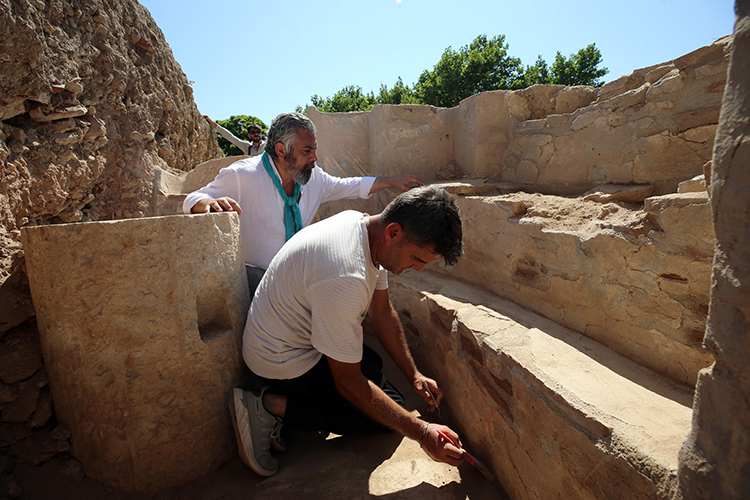
One of the most remarkable finds is a bronze oil lamp, dated between the 4th and 6th centuries. This unique artifact provides significant clues about the transition from paganism to Christianity.
Uncovering Lost History Line by Line
Previously known only for its Hellenistic and Roman periods, Magnesia has gained new importance with discoveries shedding light on the early Christian era and the time preceding the Anatolian Beyliks. Coins, architectural details, and fresco remnants found in the area provide clear insights into this transitional period.
“Being inside this structure is like reading a lost page of history,” said Kökdemir, emphasizing that this is the first time such concrete evidence of post-4th century settlement in the city has been found.
Once a major connection point between cities like Ephesus, Priene, and Tralleis, Magnesia is also known for hosting significant religious events such as the Artemis Festival. With its agora, temples, stadium, gymnasium, and bath complexes, the city continues to be a major attraction not only for archaeologists but also for history enthusiasts.
You may also like
- A 1700-year-old statue of Pan unearthed during the excavations at Polyeuktos in İstanbul
- The granary was found in the ancient city of Sebaste, founded by the first Roman emperor Augustus
- Donalar Kale Kapı Rock Tomb or Donalar Rock Tomb
- Theater emerges as works continue in ancient city of Perinthos
- Urartian King Argishti’s bronze shield revealed the name of an unknown country
- The religious center of Lycia, the ancient city of Letoon
- Who were the Luwians?
- A new study brings a fresh perspective on the Anatolian origin of the Indo-European languages
- Perhaps the oldest thermal treatment center in the world, which has been in continuous use for 2000 years -Basilica Therma Roman Bath or King’s Daughter-
- The largest synagogue of the ancient world, located in the ancient city of Sardis, is being restored

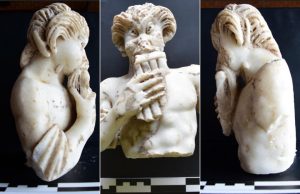
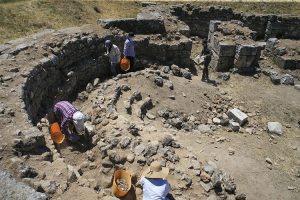
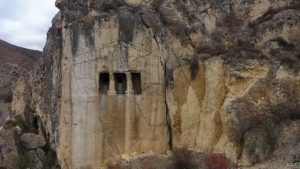
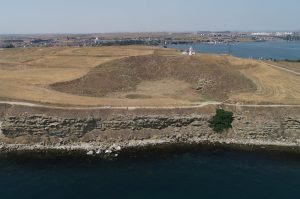
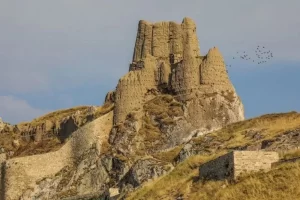
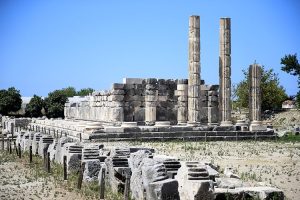


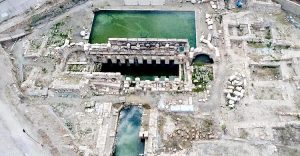
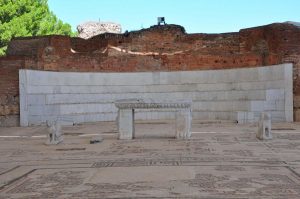
Leave a Reply